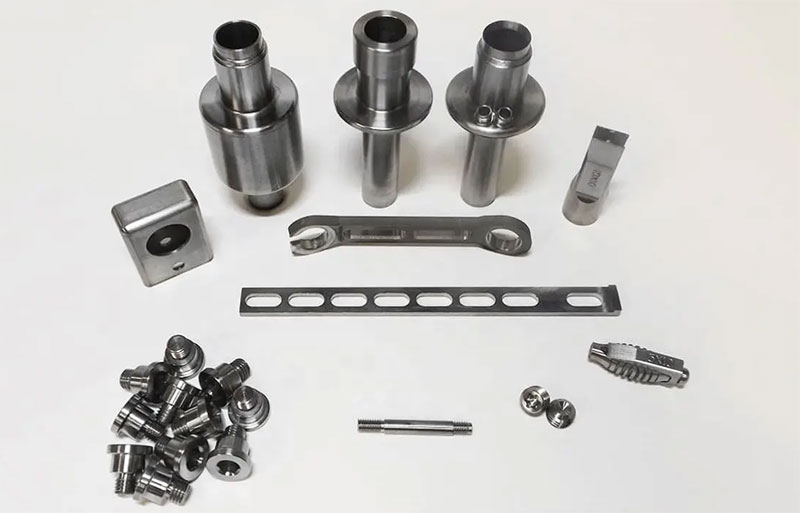In modern manufacturing, the application of turning and milling compound machining technology is becoming increasingly widespread, especially in the field of automotive parts production. It has become the preferred manufacturing process due to its high efficiency, precision, and flexibility. This article will delve into how to effectively utilize turning and milling compound machining technology to produce high-quality automotive parts.
The technology of turning and milling compound machining combines the advantages of traditional turning and milling, and can complete multiple machining tasks in one setting, significantly improving production efficiency and machining accuracy.

Firstly, to achieve efficient turning and milling compound machining, it is crucial to choose the appropriate machine tool. There are various models of turning and milling compound machine tools on the market, each with its own advantages in machining ability, accuracy, and stability. Choosing the most suitable machine tool model based on the specific requirements of automotive parts, such as dimensional accuracy and surface smoothness, is the first step in improving production efficiency.
Secondly, precise programming and operation are equally important for ensuring machining quality. Turning milling compound requires programming through professional CAM software, which requires engineers not only to have profound knowledge of mechanical machining, but also to be proficient in software operation skills. By optimizing tool paths and adjusting cutting parameters, machining efficiency and part quality can be further improved.
Furthermore, the choice of cutting tools also has a direct impact on the machining effect. Suitable milling cutters should be selected for different materials and shapes of automotive parts, which can withstand the high temperature and pressure generated during high-speed cutting while maintaining good cutting performance and a long service life.
Finally, the quality control process cannot be ignored. During the process of turning and milling compound machining, the machining status should be monitored in real time, including tool wear, workpiece deformation, etc., and machining parameters should be adjusted or tools replaced in a timely manner to ensure that every automotive part meets strict quality standards.
In summary, using the technology of turning and milling compound machining to produce automotive parts can not only improve production efficiency, but also ensure the high quality standards of the parts. Choosing the appropriate machine tool, precise programming and operation, selecting the appropriate cutting tools, and strict quality control are key steps in achieving this goal. With the continuous advancement and innovation of technology, the application of turning milling composite machining in the production of automotive parts in the future will be more extensive and in-depth.




